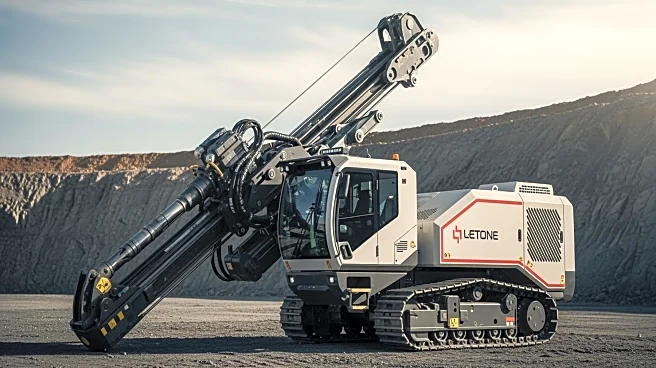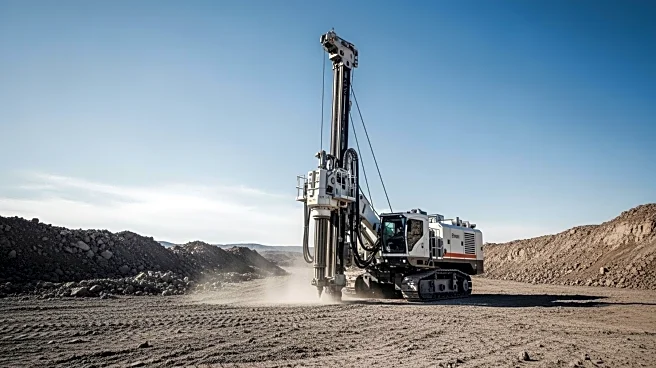What's Happening?
The mining and metals sector is facing increased unpredictability as operational complexity emerges as the top risk for 2026, according to the EY Top 10 Business Risks and Opportunities survey. The survey,
which gathered responses from 500 senior mining and metals executives worldwide, highlights a shift from strategic issues to short-term operational factors affecting productivity and costs. As mines age and ore grades decline, the pressure to deliver predictable output increases, necessitating innovation and digital adoption. The inability to fill key roles in planning, engineering, sustainability, and closure is exacerbating the skills crisis, impacting productivity and safety. Sustainability concerns have also dropped in priority, with only 56% of mining leaders confident in meeting nature-positive obligations.
Why It's Important?
The identification of operational complexity as the top risk underscores the need for the mining sector to innovate and adapt to maintain productivity and shareholder confidence. As the industry faces challenges such as aging mines and declining ore grades, the focus on operational efficiency becomes crucial. The skills crisis further complicates the situation, threatening future supply and safety. The shift in sustainability priorities may impact the sector's ability to meet environmental obligations, affecting its social license to operate. The emphasis on digital and AI investment highlights the sector's move towards technological solutions to enhance productivity and safety, which could drive long-term growth and competitiveness.
What's Next?
Mining companies are expected to accelerate innovation and digital adoption to address operational complexities and improve productivity. The focus on AI investment is likely to increase, with 21% of executives planning to boost AI spending by more than 20% in the next year. Companies may pursue bolt-on acquisitions, joint ventures, and alternative financing models to enhance growth. The sector will need to maintain vigilance in navigating geopolitical volatility and sustainability expectations, ensuring strong community relationships and compliance with environmental standards. The strategic importance of license to operate will continue to shape industry practices and stakeholder engagement.
Beyond the Headlines
The rise of resource nationalism and reduced government spending in some regions may increase reliance on mining companies to support local communities. This could lead to heightened expectations for corporate social responsibility and community engagement. The integration of digital and AI technologies presents ethical considerations regarding workforce impacts and data governance. As the sector adapts to these changes, the balance between technological advancement and human capital development will be crucial in shaping the future of mining.











